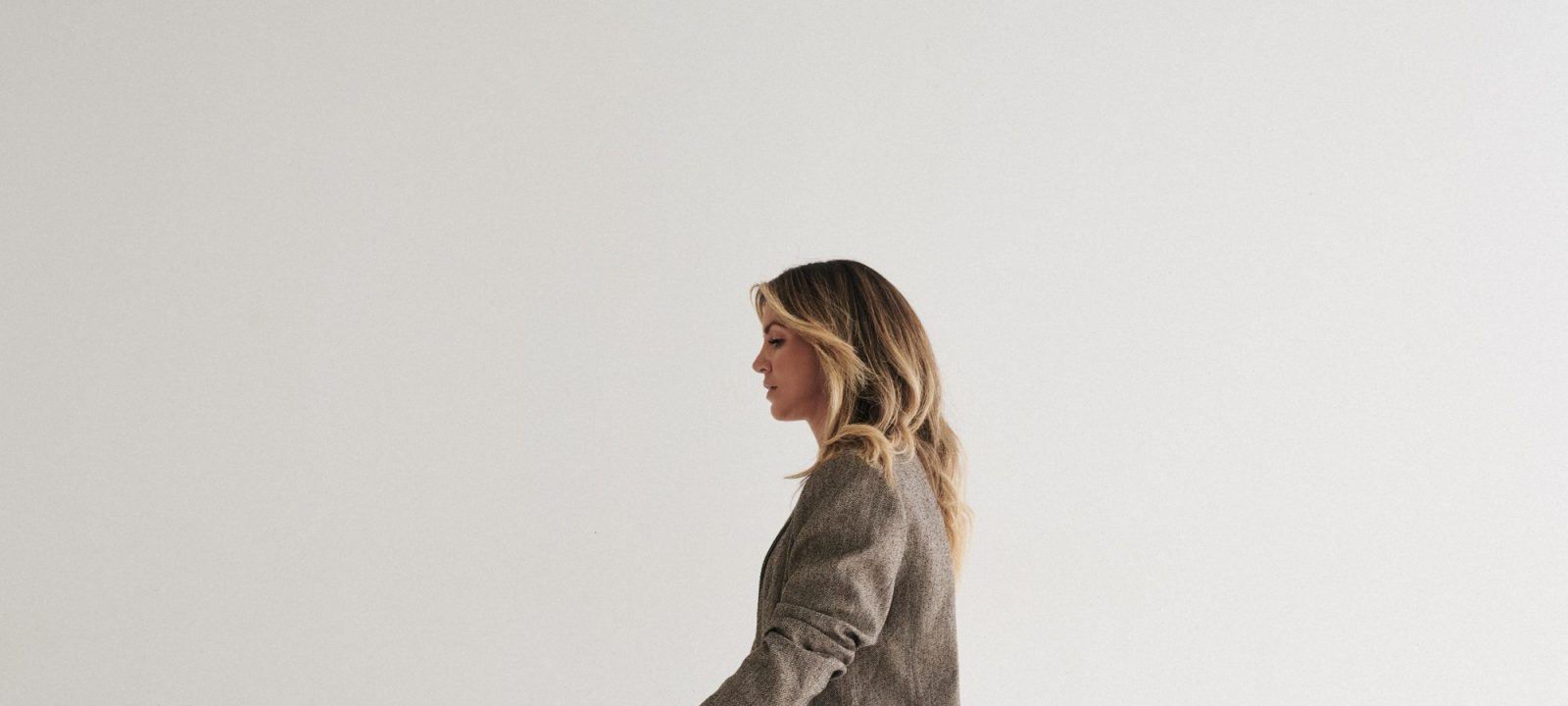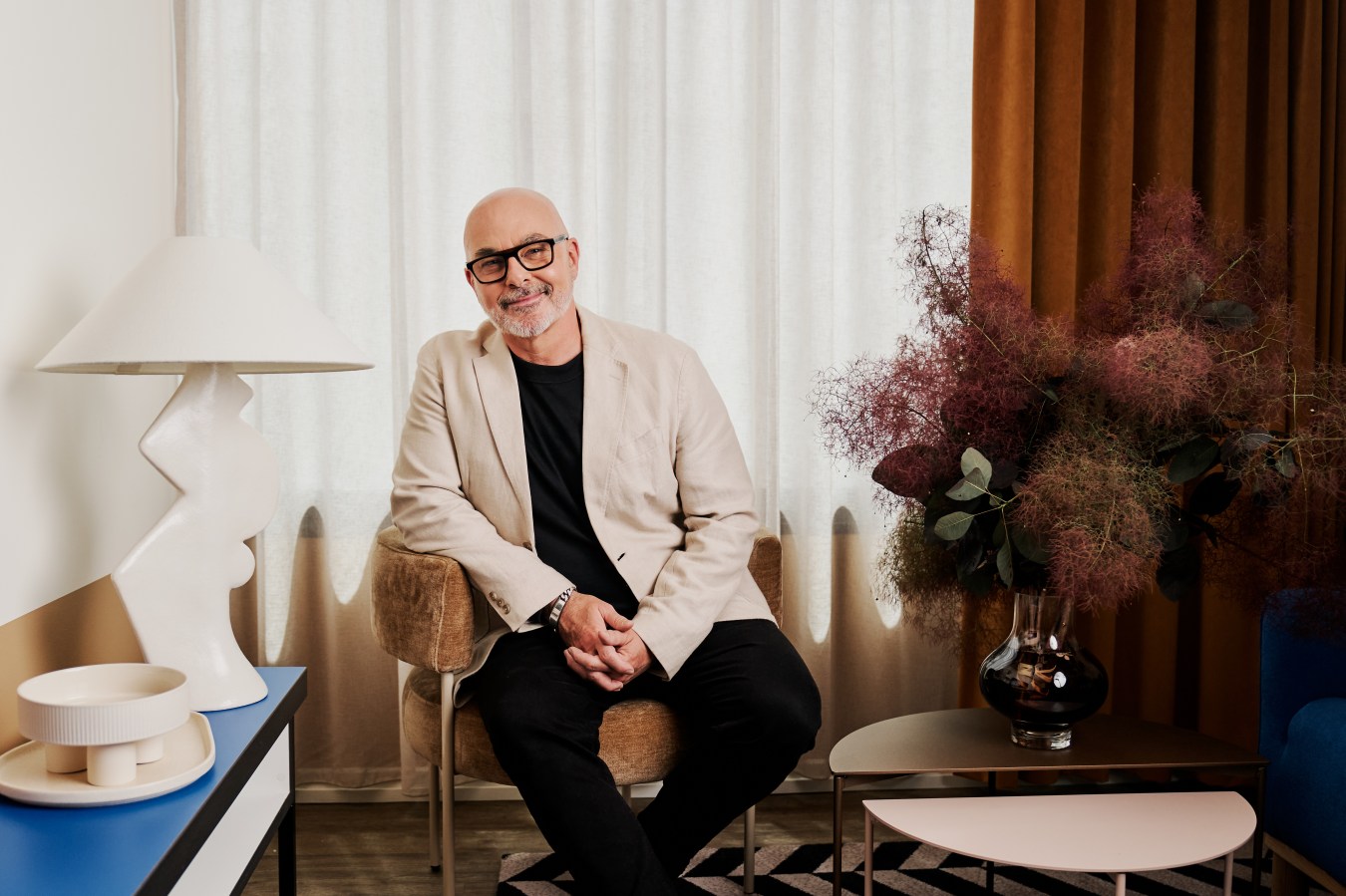The wellness real estate market is gaining serious investor momentum, with demand surging for homes and developments that integrate health, sustainability and lifestyle into their core design.
This story is featured in Issue 18 of Forbes Australia. Tap here to secure your copy.
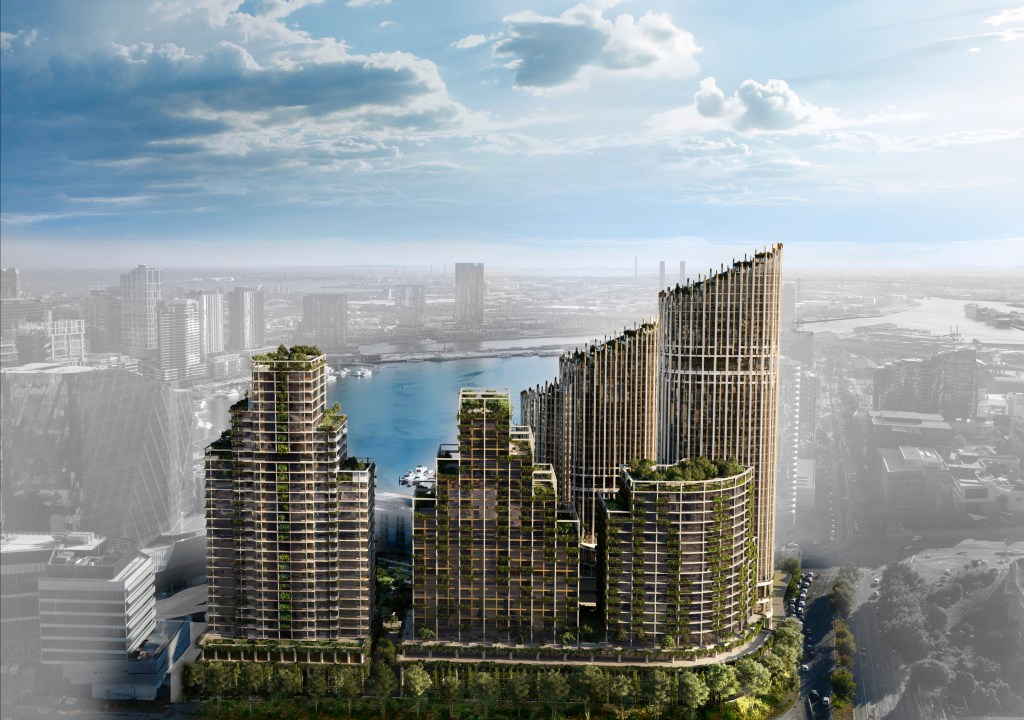
A billiard room, sun-soaked gym and a marble-tiled pool are not just nice-to-haves – they’re key wellness features of the One Sydney Harbour luxury skyscraper complex. Its amenities designer says these kinds of value-adds are part of a new evolution in real estate.
“Residents and homeowners now demand wellness spaces that perform and actively enable them to meet their fitness and wellbeing goals,” State of Craft founder and One Sydney Harbour designer, Daniel Goldberg, says.
These demands are driving a global shift in the real estate market toward ‘wellness real estate’, which, according to the Global Wellness Institute, was valued at US$584 billion in 2024 (AU$894 billion) and is projected to grow at an annual rate of 15.2% over the next five years. It is on track to reach US$1.1 trillion by 2029 and is the fastest-growing market in the global wellness economy. “In our view, wellness real estate is the most important sector in the global wellness economy,” according to GWI’s senior researchers Katherine Johnston and Ophelia Yeung. “There is no going back to ignoring wellness, as we spend trillions of dollars each year to build homes, infrastructure, and places for work and play.”
While the market has always existed, Goldberg says the COVID-19 pandemic saw Australians place a higher value on physical and mental health, leading to homeowners investing in health and wellness spaces both inside and outside the home. It’s not a trend, he says, but rather an evolution of the industry needing to meet the needs of the modern human.
“Much like elevators, underground parking or lighting technology, the provision of private and shared spaces that promote fitness and well-being are today taken for granted in premium urban developments.”
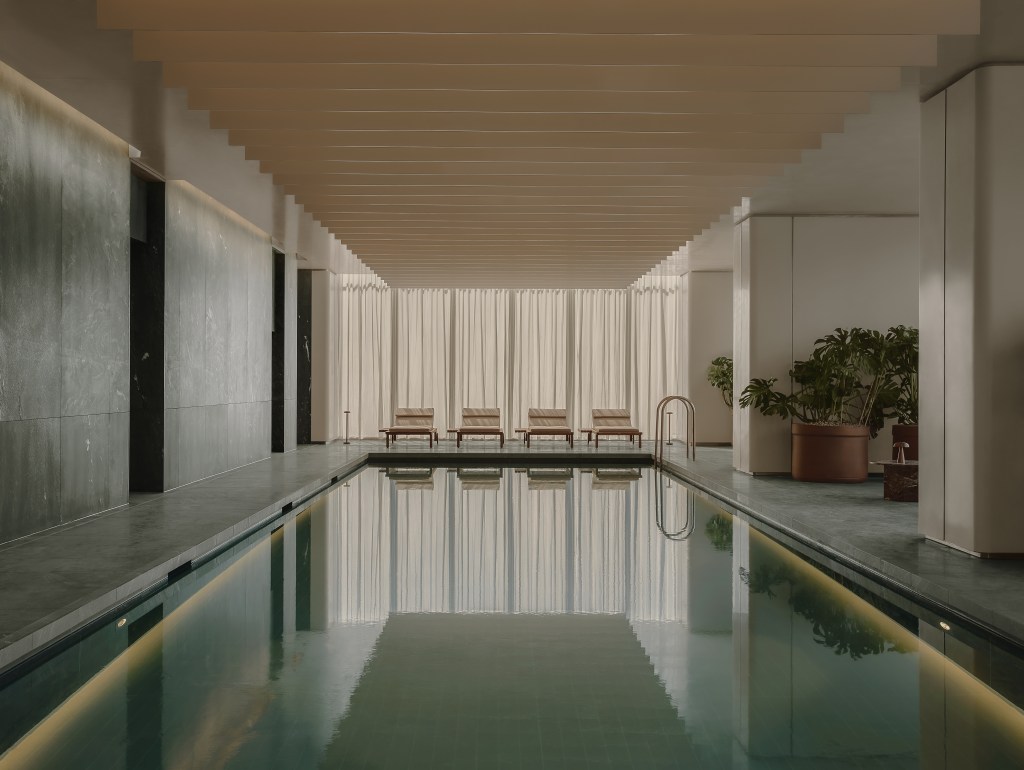
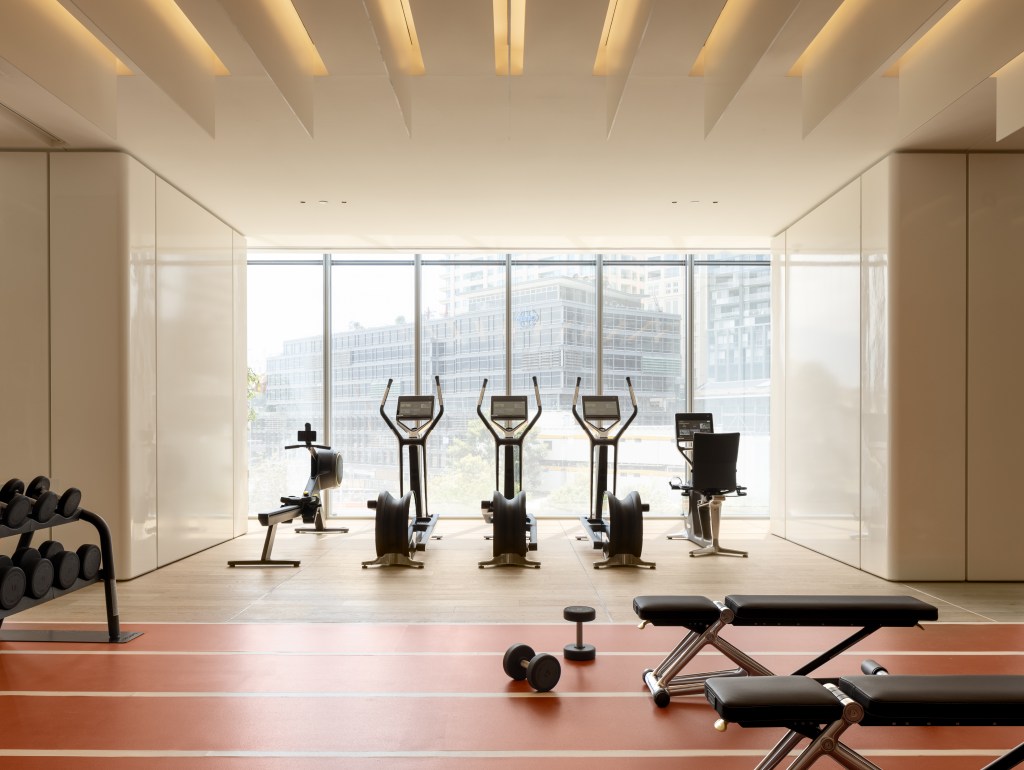

And wellness real estate pays dividends. Sales across the three residential towers that comprise the One Sydney Harbour development have surpassed $4 billion, with the entire complex 95% sold. (Prices at the complex start from $1.68 million for a one-bedroom, $3 million for a two bedroom and $5.3 million for a three-bedroom).
“We endeavoured to make the shared amenity spaces feel like an extension of the residences, applying the same attention to detail and design spirit into the gym, the yoga and treatment rooms, the internal pool and residents’ club,” Goldberg says.
These health and wellness spaces were as integral to the design of the complex, created by award-winning Italian architect Renzo Piano, as the building itself.
“The next evolution of wellness real estate will be homes that work with your body – spaces that track your biometrics, adapt lighting and temperature based on your sleep cycles, and offer built-in health optimisation tools.”
Tim Gurner – CEO and founder, Gurner Group
Further down the east coast, property developer Tim Gurner believes his development company, Gurner Group, is at the forefront of the wellness real estate movement, incorporating design features such as purified air and filtered water, circadian lighting, contrast therapy, and access to diagnostics.
Gurner Group’s high-end wellness club Saint Haven is proof of that. With a price-tag of $23,000 a-year (and a five-stage interview process to gain access to boot), Saint Haven is kitted out with saunas, steam rooms, Himalayan-rock-salt-laced-pools, ice baths and a meditation cave. Then there’s the developer’s Madison Grand development in Southbank, which he says is designed with longevity in mind.
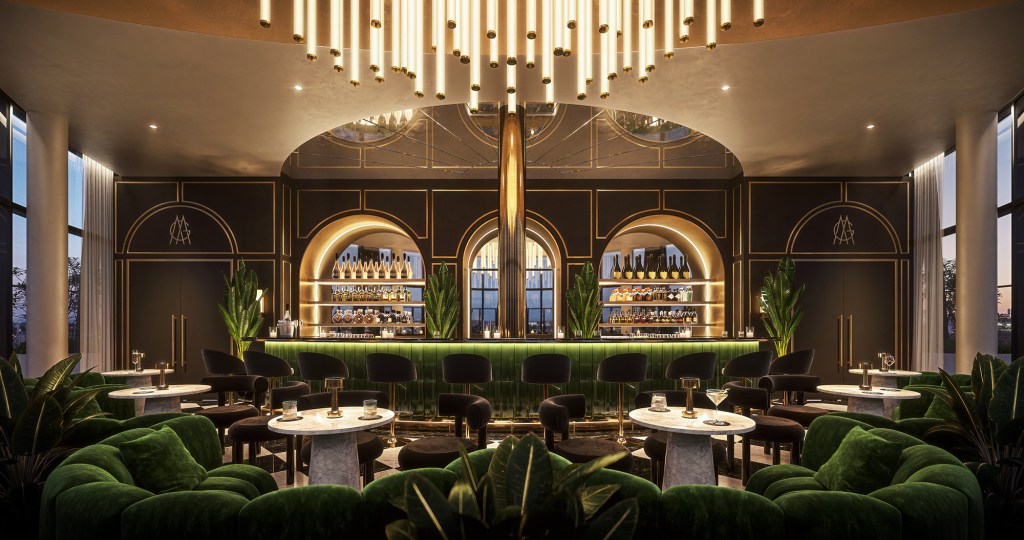
“We introduced in-residence Saint Wellness Suites packed with cutting-edge tech and recovery features (think red light therapy integrated into your bathroom vanity and vitamin C-enriched showers), and the demand has been nothing short of amazing,” Gurner says. “From lifestyle renters to young professionals, people are responding in a big way to what we’re offering.”
Gurner Group is also behind the Elysium Fields development in Docklands – a wellness precinct designed in collaboration with renowned US bio-hacker Ben Greenfield. That’s not yet launched publicly, but Gurner says the company is fielding a “huge waitlist”.
“More than ever, our residents are prioritising their health and longevity. Not only do they want to live longer, but they want to live more full and enriching lives. So, their purchasing preferences are definitely reflecting this shift. It’s no longer sufficient to have a large, state-of-the-art gym or sauna; it’s about creating an entire ecosystem that helps you live better, recover faster, and feel incredible every single day so that you can live your best life.”
What appears to be a recurring theme among developers in the space is incorporating a sense
of ‘healing’.
“Great wellness spaces are ultimately about the experience of intangible qualities: tranquillity, beauty, simplicity and sanctuary,” Goldberg says. “Augmenting the home with effortless access to a suite of wellness spaces designed to relax the mind and body significantly increases the inhabitants’ sense of happiness and emotional connection to the home.”
However, the growth of the wellness real estate industry may be tempered by the slowdown in the construction industry. According to the Global Wellness Institute’s Build Well to Live Well 2025 report, global construction growth slowed from 15.3% in 2020-21 to 3.1% in 2023-24. While the growth rate of wellness real estate is above that of overall construction, the annual growth rate of this segment slowed from 24.8% in 2020-21 to 17.9% in 2023-24. That shift was driven by an overall slowdown in economic growth, coupled with a major real estate crisis in China and a negative construction market growth rate across markets such as Japan, South Korea, Germany, France, and Russia. Gurner remains gung-ho, particularly from a global standpoint.
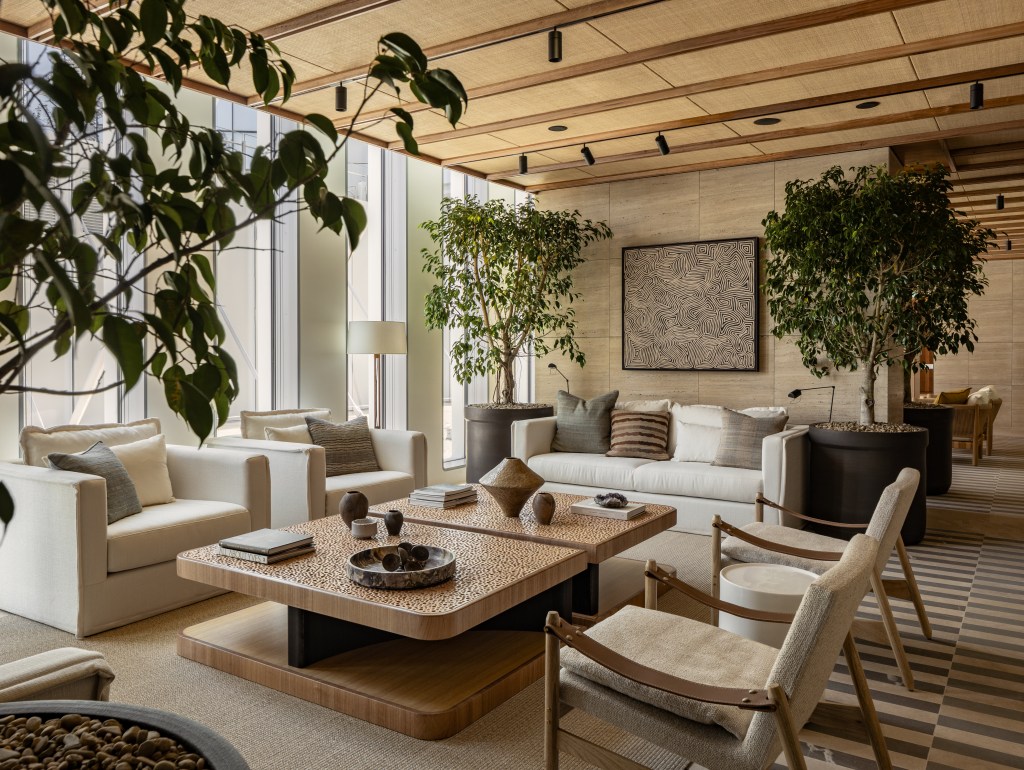
“We’re seeing massive global interest – Europe, the US, even Asia,” he says. “The opportunity is amazing because people everywhere want to live longer and feel better, and they’re looking for spaces that support that vision.”
The GWI’s report backs this up: at the end of 2024, there were more than 4,550 WELL and Fitwel-certified projects worldwide (projects earning wellness building certifications from the WELL building standard and Fitwel, two third-party ratings that focus on health and wellness of building occupants that operate in many countries). Almost 2,500 of those were in the US, 532 in China, 370 in Canada and about 200 in the UK. Australia had 87.
“The next evolution of wellness real estate will be homes that work with your body – spaces that track your biometrics, adapt lighting and temperature based on your sleep cycles, and offer built-in health optimisation tools,” Gurner says.
“It sounds futuristic, but that’s where we’re heading, and it’s incredibly exciting.”
Look back on the week that was with hand-picked articles from Australia and around the world. Sign up to the Forbes Australia newsletter here or become a member here.

